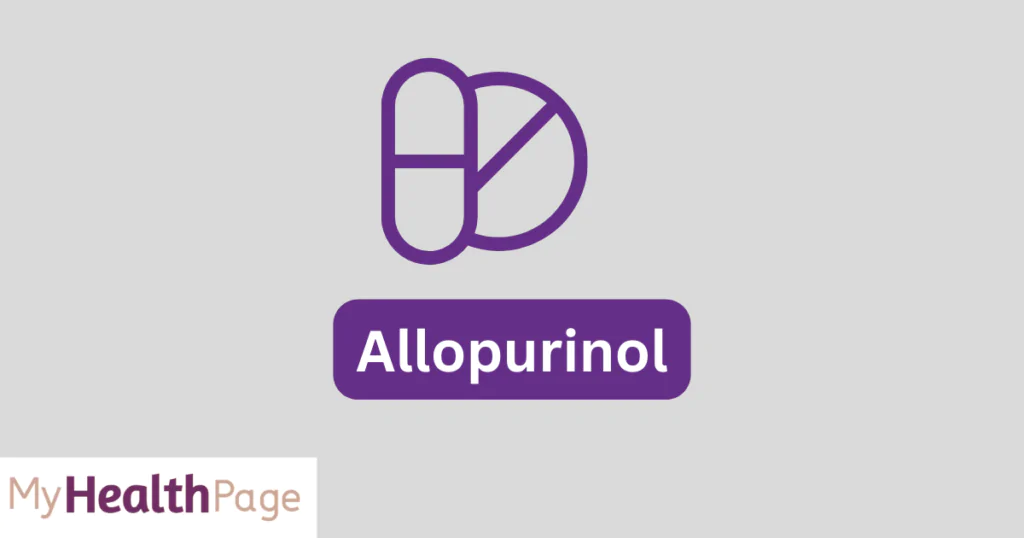Overview:
Allopurinol is a medication commonly used in the management of gout and certain types of kidney stones. It is also utilized in the treatment of secondary hyperuricemia (high levels of uric acid in the blood) which can occur during the treatment of cancers such as leukemia, lymphoma, and solid tumor malignancies. This is because tumor cells release uric acid when they die and break down.
Mechanism of Action:
Allopurinol works by inhibiting xanthine oxidase, an enzyme involved in the conversion of hypoxanthine to xanthine and xanthine to uric acid, which is the final step in the purine metabolism pathway. By blocking this enzyme, allopurinol reduces the production of uric acid, thereby preventing the formation of uric acid crystals which can accumulate in joints and cause gout, or in kidneys leading to kidney stones.
Pharmacokinetics (PK):
Allopurinol is administered orally and is well absorbed from the gastrointestinal tract. It is metabolized to its active metabolite, oxypurinol, which also acts as a xanthine oxidase inhibitor. Oxypurinol has a longer half-life than allopurinol, contributing to the drug’s effect even after plasma levels of allopurinol have declined. Both allopurinol and oxypurinol are excreted in the urine.
Clinical Use:
- Gout: Allopurinol is used for the prevention of gout attacks, rather than for acute treatment. It helps to reduce the uric acid levels in the blood, preventing future gout flares.
- Kidney Stones: It’s used to prevent the formation of certain types of kidney stones related to high uric acid levels.
- Tumor Lysis Syndrome: It’s administered to prevent or treat hyperuricemia that occurs due to tumor lysis syndrome during cancer therapy.
Adverse Effects:
- Skin Rash: One of the most common side effects. Severe reactions, such as Stevens-Johnson syndrome or toxic epidermal necrolysis, though rare, are possible.
- Gastrointestinal Distress: Including nausea and diarrhea.
- Hepatotoxicity: Liver function should be monitored during treatment as allopurinol can cause elevated liver enzymes and hepatotoxicity.
- Allopurinol Hypersensitivity Syndrome: A severe reaction that can include fever, rash, hepatitis, and worsened renal function.
Contraindications and Precautions:
- Patients with a known hypersensitivity to allopurinol should not use the medication.
- Caution is advised in patients with renal or liver impairment, and dosage adjustments may be necessary.
- Allopurinol may interact with other medications such as azathioprine and mercaptopurine because it inhibits the metabolism of these drugs, potentially leading to toxicity.
Monitoring and Dosage Adjustments:
The starting dose of allopurinol should be low to minimize the risk of adverse effects, especially in patients with renal impairment. The dose is then adjusted based on the patient’s serum uric acid levels and clinical response. Regular monitoring of liver and kidney function tests is recommended during therapy.
Read also : Diclofenac: Uses, Dosage, Side Effects, and Precautions
Disclaimer : The information provided on this website/document is not a substitute for professional medical advice, diagnosis, or treatment. If you have any questions or concerns about your health, please consult with a licensed physician or other qualified healthcare provider.

